Sensors that open up new fields of application
The meteoric rise of the Internet of Things (IoT) is largely due to the proliferation of types of sensors available on the market. Sensors are electronic devices that detect and measure physical data such as temperature, humidity, pressure, light, movement, presence, etc. They are increasingly smaller, cheaper and more efficient, making it easy to integrate them into everyday objects.
The proliferation of types of sensors has made it possible to create connected objects that can collect and transmit data in real time. The collected data can be used to monitor the health of equipment, optimize production processes, improve safety, reduce energy costs, etc. Connected objects can also be used to create innovative services such as home automation, connected health, fleet management, logistics, etc.
Combining different sensors allows you to create complex systems that can detect and analyze data from different sources. For example, an air quality monitoring system can combine temperature, humidity, CO2 and fine particle sensors to provide a comprehensive picture of the air quality in a building.
They can be classified into several categories:

These sensors often combine measurements of mechanical and electronic variations, hence their name: MEMS: Microelectromechanical Systems. Their purpose is to transform a physical change in the external world into an analog signal which will be digitized for subsequent digital processing.
Conversely, at the output of the electronic system, we find micro-actuators whose role will be to transform a signal into a physical change observable by humans.


